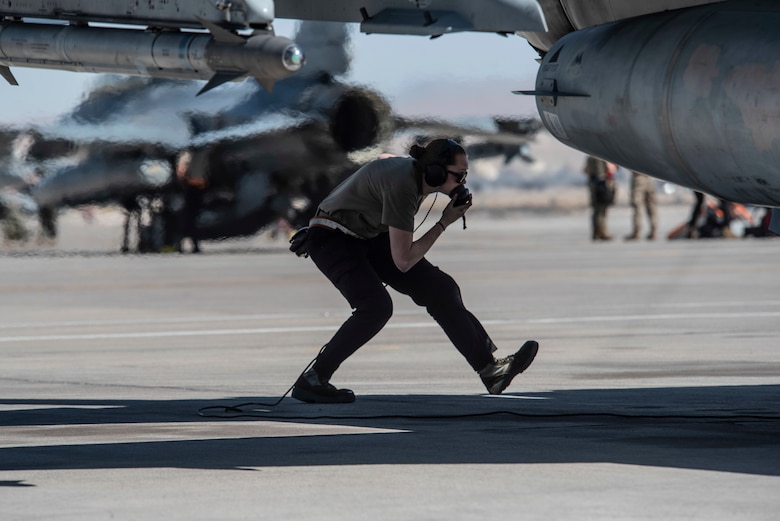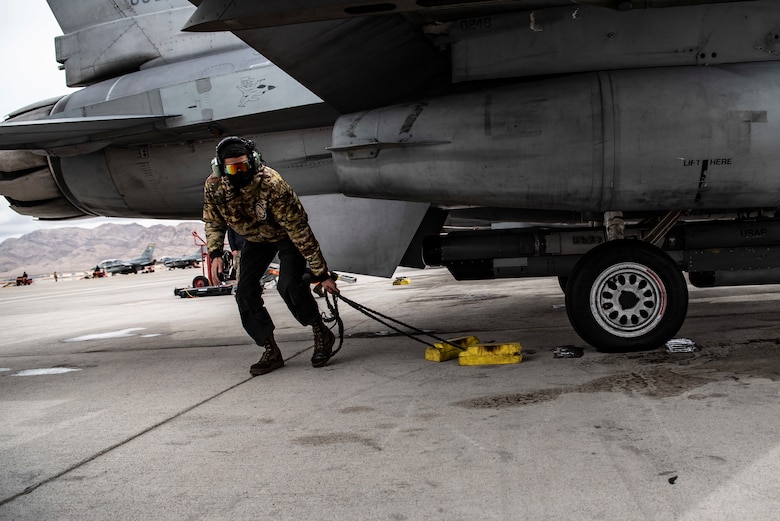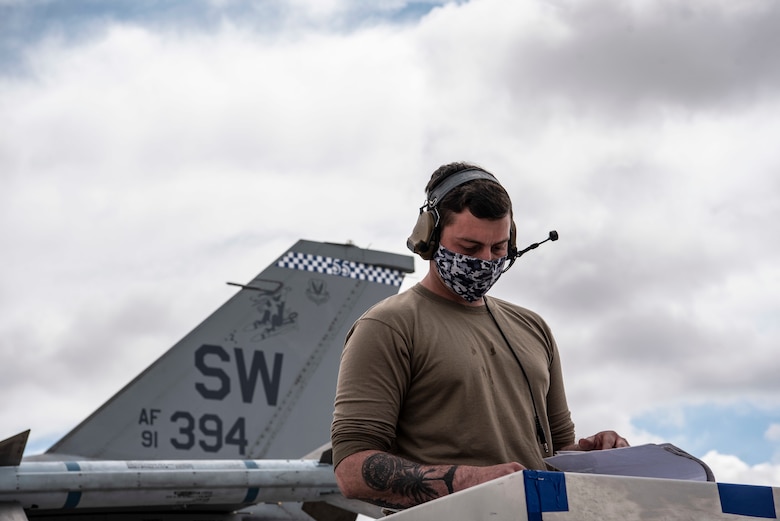Air Combat Command is changing the aircraft maintenance organizational structure to improve synchronization between maintenance and fighter squadrons.
This new structure, called Combat Oriented Maintenance Organization, or COMO, flattens the maintenance organizational structure and transitions aircraft maintenance units into fighter generation squadrons.
The fighter generation squadron is a new squadron comprised of maintainers responsible for airpower health and generation. The fighter generation squadron will be paired with a complementary fighter squadron and the two units will work collaboratively both in garrison and during deployments.
"We've already seen success with this new organizational model at Shaw Air Force Base (South Carolina)," said Maj. Gen. Mark Slocum, ACC director of air and space operations. "The benefit of this new organizational construct is it enhances the fighter force's agility and better prepares them for a future dynamic force employment in a high-end fight."
Pairing fighter squadrons with a dedicated fighter generation squadron will foster unity of effort between maintenance and operations as well as provide a better view of readiness.
For the last few years, ACC has been on a wing reorganization experimentation journey and allowed commanders to experiment with various types of wing organizational constructs in order to build more agile and cohesive units.
"After gathering what we've learned from this season of experimentation, we are now moving forward into a season of standardization," said Maj. Gen. Tom Miller, ACC director of logistics, engineering and force protection. "The COMO structure allows fighter wings to prepare for rapid deployments and to disaggregate and reaggregate as needed by the CFACC."
This pairing of the fighter and a fighter generation squadron is just the first phase of a broader force presentation model ACC is building to better organize, train and equip combat air forces. Phase two will focus on evaluation of air base squadrons that can rapidly deploy and provide base operating support. Phase three examines wing command and control capabilities.
The 20 FW at Shaw AFB and 388 FW at Hill AFB, Utah are the first wings to transition to the COMO model, with the remaining ACC fighter wings transitioning by the summer of 2022.

An F-16 Viper crew chief performs a final inspection on an aircraft during Red Flag 21-2 at Nellis Air Force Base, Nevada, March 8, 2021. Airmen from the 55th and 79th Fighter Generation Squadrons, including avionics and weapons technicians in addition to crew chiefs, work together both at home and abroad to ensure that all necessary maintenance is performed on an aircraft before and after its flight. (U.S. Air Force photo by Staff Sgt. Destinee Sweeney)

A maintainer assigned to the 20th Fighter Wing participates in exercise Red Flag 21-2 at Nellis Air Force Base, Nevada, March 12, 2021. Red Flag provides a challenging and dynamic environment for pilots by bringing air forces and airframes from around the world together multiple times a year to integrate as a team during simulated wartime operations. (U.S. Air Force photo by Staff Sgt. Destinee Sweeney)

A maintainer assigned to the 20th Fighter Wing participates in exercise Red Flag 21-2 at Nellis Air Force Base, Nevada, March 12, 2021. Red Flag provides a challenging and dynamic environment for pilots by bringing air forces and airframes from around the world together multiple times a year to integrate as a team during simulated wartime operations. (U.S. Air Force photo by Staff Sgt. Destinee Sweeney)






